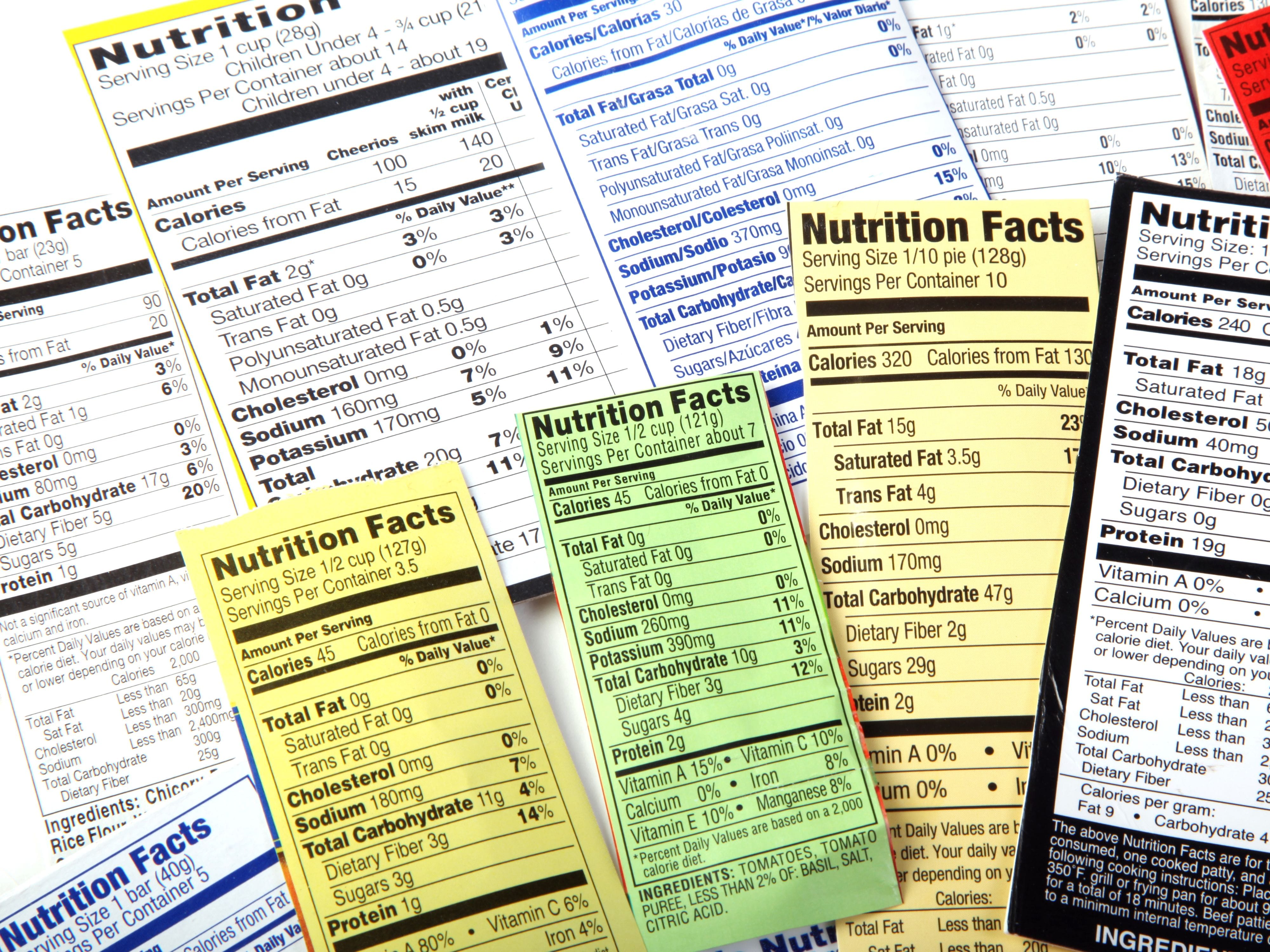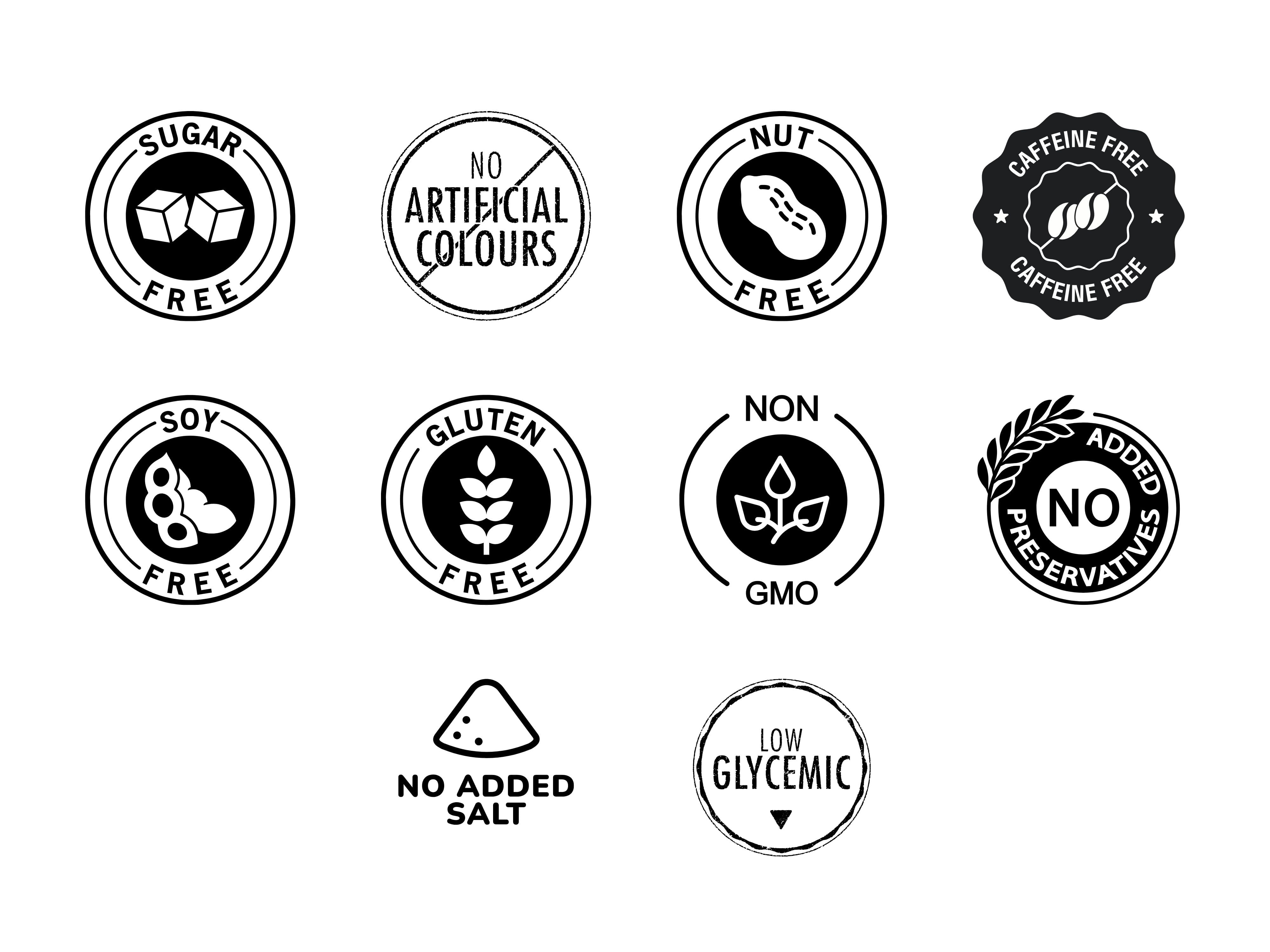
Imagine you're in the middle of a supermarket aisle, holding two granola bars that appear to be the same. One claims to be "all-natural," while the other promises "no added sugar." How do you select which one is best for your health goals? The trick for making informed nutritional decisions is found in the small printed panels that are known as food labels. However, they may feel more like a puzzle than a guide. In this blog, we'll explain what a food label is, allowing you to shop smarter and eat healthier.
What are food labels, and why are they important?
Food labels are a goldmine of vital information and are much more than just small words on your favourite foods. From nutrient values to allergies, they are intended to educate consumers and encourage healthier food choices. Let's have a look into the important components of food labels:
Nutritional Facts
This section summarises the product's nutritional profile. It often includes information such as calories, macronutrients (protein, carbohydrates, and fats), and micronutrients (vitamins and minerals, etc.). For example, the calorie count per serving allows you to determine how that packet of crisps fits into your daily energy demands.
Serving Size
Ever notice how a single bag of chips can contain two or more servings? The serving size on food labels indicates how much of the product corresponds to the nutritional information given. Understanding this helps you prevent overeating.
Ingredients List
When reading food labels, ingredients are usually presented in descending order of weight, which means that the first few ingredients are the most important components of the product. For example, if sugar is the first ingredient listed, it indicates that the item is high in sugar and may not be the healthiest option. This is especially important for packaged sweets, processed snacks, and flavoured drinks where chemicals and hidden sugars are prominent. Look for labels that feature whole grains, pulses, or natural ingredients like oats or jaggery at the top for healthier options.
Allergen Information
Food allergies are on the rise, particularly in cities, so it's critical to take note of allergen labels. Labels on packaged foods frequently list common allergens such as soy, gluten, nuts, and milk. Typically, these are bolded or noted separately under the parts that read "Contains" or "May Contain."
Health Claims
Claims like "low-fat," "high in fibre," or "sugar-free" are frequently found on labels; while they may seem good, they can occasionally be fraudulent. For example, a "high-protein" energy bar may contain unidentified preservatives, or a "low-fat" cookie may add extra sugar to make up for its lack of fat. It's crucial to go past these catchphrases and carefully examine the nutritional panel because terminology like "Diabetic-Friendly" and "Ayurvedic" are also becoming more and more popular in the Indian market.
Expiry and Storage Instructions
Always look for "Best Before" and "Use By" dates. Improper storage might compromise the product's quality and safety. This attention to detail while reading food labels can help you navigate the Indian food industry, which is brimming with options but also full of hidden ingredients and marketing tricks.
How to Interpret Food Label Numbers?

Numbers do not lie, but they can be confusing. Let's look at what those percentages and grams actually represent.
Percent Daily Values
These percentages illustrate how much of a nutrient a single serving provides in your daily intake based on a 2,000-calorie diet. For example, 20% sodium in one serving implies you have consumed 20% of your daily salt allowance.
Calories vs Calories from Fat
While calories indicate the amount of energy you get from meals, "calories from fat" specify how much of that energy originates from fats. This distinction might help you balance your macronutrient consumption.
Fibre Content
Fibre is a great nutrient that promotes digestion and keeps you full. Check the label for at least 3g of fibre per serving in cereals and bread.
Buzzwords and Marketing Tricks

Labels can often be deceptive! They may include buzzwords to tempt health-conscious customers. Here's how to recognise and avoid falling for them.
"Low fat" Does Not Always Mean Healthy.
As "low-fat" goods have become more popular, there is a growing misperception that they are automatically healthier. However, to improve taste, these goods frequently add sugar, artificial flavours, or other additives to make up for the decreased fat.
“Natural” vs. “Organic”
The terms "natural" and "organic" are commonly used interchangeably, but they have very different meanings. "Organic" products are frequently certified by agencies like India Organic or Jaivik Bharat and are subject to strict farming standards, such as the lack of artificial fertilisers or pesticides. However, there is no legal definition or regulatory support for "natural" items in the Indian market. An "organic" juice is verified to be devoid of preservatives and added sugars, although a "natural" juice may still include these substances. Knowing these differences is essential to avoiding being duped by marketing lingo.
"No Added Sugar"
The phrase "no added sugar" might be highly misleading because it does not always indicate that a product is sugar-free. Even though they don't include added sugar, products like granola bars, packaged fruit juices, and even flavoured milk contain large amounts of naturally occurring sugars that, if ingested in excess, might have negative health effects. For example, natural fructose from the fruit itself may still be abundant in "no added sugar" mango juice. Always study the ingredient list and look up the sugar content under nutritional data to make an informed choice.
Shop Smart And Eat Smarter
The next time you wonder what a food label is, remember that it is your guide to healthier eating. Understanding food labels empowers you to make decisions that are consistent with your health and lifestyle goals.
Disclaimer: This information provided is intended for general informational purposes only. It is not a substitute for professional advice or guidance. For personalised recommendations or specific concerns, please consult a certified professional.



